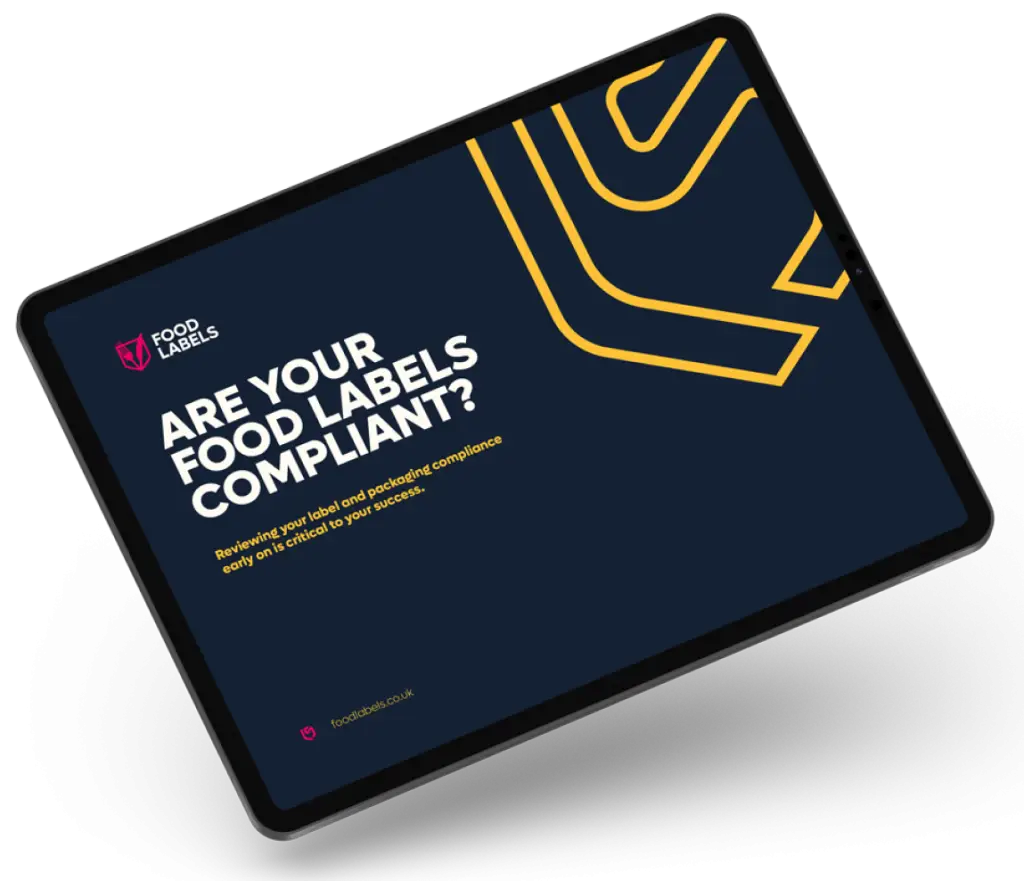Latin terminology is commonly used in the ingredient lists of cosmetics, medicines, toiletries, and skincare products. This practice stems from the International Nomenclature of Cosmetic Ingredients (INCI) system, which standardises the naming of ingredients globally. While INCI names provide consistency, they can also create confusion, especially for consumers with food allergies or sensitivities who struggle to recognise common allergens listed under their Latin or scientific names. Understanding these terms is crucial for making informed choices about personal care and medical products.
The Use of Latin in Ingredient Lists
The use of Latin and scientific names in ingredient labelling is primarily intended to create uniformity and clarity in international markets. Since different countries may have varying common names for the same ingredient, Latin provides a universal language that eliminates ambiguity. This standardised nomenclature ensures consistency across global regulatory frameworks, allowing manufacturers to meet labelling requirements in multiple regions without confusion.
Latin names, derived from botanical and scientific classifications, are particularly prevalent in cosmetics, skincare, medicine, and toiletries. For example, ingredients like Prunus Amygdalus Dulcis (Sweet Almond Oil) or Butyrospermum Parkii (Shea Butter) provide a precise classification that avoids discrepancies that could arise from regional or colloquial names. This is especially crucial in scientific and medical contexts, where accuracy is essential for safety and efficacy.
However, for consumers unfamiliar with these terms, recognising allergens and other potentially harmful substances can be challenging. Food allergy sufferers, for instance, must carefully examine labels to identify ingredients derived from nuts, dairy, soy, or wheat, which may not be immediately recognisable under their Latin or INCI (International Nomenclature of Cosmetic Ingredients) names. This creates an accessibility barrier, making it difficult for the average consumer to make informed decisions about product safety.
In response to these challenges, some regulatory bodies and advocacy groups have pushed for dual labelling—listing both the Latin or scientific name alongside its common name. This approach would enhance transparency and consumer confidence while maintaining international consistency. Additionally, digital solutions such as ingredient-checking apps and QR codes on packaging are emerging as tools to help consumers decode complex labels, ensuring that ingredient transparency aligns with public health and safety priorities.
While Latin names serve an essential role in global standardisation, balancing scientific precision with consumer-friendly labelling remains a key challenge for regulatory authorities and industry stakeholders.
Latin Terms for Common Food Ingredients in Cosmetics and Skincare
Many skincare and cosmetic products contain food-derived ingredients. These ingredients often provide benefits such as hydration, exfoliation, and nourishment. Here are some commonly used food-based components and their Latin names:
• Almond (Prunus Amygdalus Dulcis) – Used in oils, moisturisers, and exfoliating products, almond oil provides hydration and nourishment.
• Wheat (Triticum Vulgare) – Often found in shampoos, conditioners, and lotions, wheat proteins help to strengthen and moisturise the skin and hair.
• Oat (Avena Sativa) – Known for its soothing properties, oat extract is commonly used in sensitive skincare formulations.
• Milk (Lac) – Found in lotions and creams, milk proteins contribute to skin hydration and softness.
• Honey (Mel) – Used in face masks, lip balms, and moisturisers, honey has natural antibacterial and humectant properties.
• Coconut (Cocos Nucifera) – Coconut oil is widely used in skincare and haircare products for its deep moisturising effects.
• Soy (Glycine Soja) – Soy extract is frequently included in anti-aging and brightening skincare products.
• Egg (Ovum) – Found in hair masks and facial treatments, eggs provide protein and nourishment to skin and hair.
• Peanut (Arachis Hypogaea) – Often included in moisturisers and lip balms, peanut oil can be problematic for those with allergies.
• Shea Butter (Butyrospermum Parkii) – Derived from shea nuts, this butter is a common emollient in lotions and body butters.
Latin Names of Food Ingredients in Medicines
Food-based ingredients are frequently used in medicinal products for their natural healing properties. These components often serve as excipients, flavoring agents, or active compounds in pharmaceutical formulations. Some examples include:
• Gelatin (Gelatina) – Derived from animal collagen, gelatin is used in capsules and soft gels.
• Corn Starch (Zea Mays Starch) – Commonly found in tablets as a binder and disintegrant.
• Lactose (Lactose Monohydrate) – A sugar derived from milk, lactose is used as a filler in many medications.
• Glycerin (Glycerolum) – Found in syrups and topical medicines, glycerin serves as a humectant and solvent.
• Caffeine (Coffea Arabica) – Used in pain relievers and energy supplements.
• Peppermint (Mentha Piperita) – Common in cough syrups, throat lozenges, and digestive aids.
• Licorice Root (Glycyrrhiza Glabra) – Used for its soothing effects in throat remedies and herbal medicines.
• Chamomile (Matricaria Recutita) – Included in anti-inflammatory and calming medicinal preparations.
• Cinnamon (Cinnamomum Zeylanicum) – Used in digestive aids and metabolic support supplements.
• Fish Oil (Olea Iecoris Aselli) – Found in omega-3 supplements and cardiovascular health products.
Latin Terminology in Toiletries
Many food-derived ingredients appear in everyday toiletries such as soaps, shampoos, and deodorants. Here are some frequently used components:
• Olive Oil (Olea Europaea) – Used in soaps and haircare products for hydration and nourishment.
• Aloe Vera (Aloe Barbadensis) – A common ingredient in lotions, shampoos, and shaving gels for its soothing properties.
• Lemon (Citrus Limon) – Found in cleansers, shampoos, and deodorants for its refreshing and antibacterial qualities.
• Tea Tree (Melaleuca Alternifolia) – Used in anti-dandruff shampoos and acne treatments.
• Ginger (Zingiber Officinale) – Found in body washes and hair growth-promoting shampoos.
• Rosehip (Rosa Canina) – Used in face oils and serums for its high vitamin C content.
• Coconut (Cocos Nucifera) – A key ingredient in body washes and shampoos for moisture and scent.
• Apple Extract (Pyrus Malus) – Used in shampoos and conditioners for shine and scalp health.
• Vanilla (Vanilla Planifolia) – Found in scented body washes and lotions.
• Soybean Oil (Glycine Soja Oil) – Used in shaving creams and lotions for hydration.
Latin nomenclature plays a crucial role in standardising ingredient labeling across different markets, ensuring consistency and regulatory compliance on a global scale. However, despite its advantages, it presents several challenges for consumers, particularly those with dietary restrictions, allergies, or limited familiarity with scientific terminology. One of the most significant difficulties is the ability to recognise allergens. Many individuals who suffer from food allergies rely on ingredient lists to avoid substances that could trigger severe reactions. However, these allergens are often listed under their Latin names, making them difficult to identify without prior knowledge. For instance, a person allergic to almonds may not immediately recognise Prunus Amygdalus Dulcis as a derivative of almonds, which could lead to unintended exposure and potential health risks.
Another challenge lies in the overall complexity of Latin ingredient names, which can be confusing for consumers. Many food-derived components, natural extracts, and chemical compounds are labelled using scientific names that do not resemble their common counterparts. This makes it difficult for the average shopper to quickly and easily determine whether a product contains certain ingredients they wish to avoid or prefer to include in their personal care and dietary choices. The issue is further exacerbated by the growing number of multifunctional ingredients that serve different purposes across cosmetics, toiletries, medicine, and skincare. Without clear explanations, consumers may struggle to differentiate between safe, beneficial substances and potential irritants.
In addition to the difficulty in understanding Latin terminology, inconsistent cosmetic labelling practices add another layer of confusion. While some brands use Latin names exclusively, others include both the Latin and common names, creating discrepancies in how information is presented to consumers. This inconsistency makes it harder for individuals to develop a reliable system for identifying ingredients, as the format may vary from one product to another. In some cases, regulatory requirements dictate that Latin names be used for uniformity, while in others, brands opt to include more consumer-friendly labelling to improve accessibility. As a result, shoppers may be left uncertain about what they are purchasing, particularly if they are comparing products from different manufacturers or markets.
To address these challenges, there is a growing push for clearer labelling practices that balance scientific accuracy with consumer understanding. Some manufacturers are incorporating both Latin and common names on their packaging to make ingredient lists more accessible to the general public. Additionally, digital solutions such as mobile apps and QR codes are emerging to help consumers decode ingredient labels quickly, providing them with instant access to detailed explanations and potential allergen warnings. While Latin terminology remains essential for regulatory compliance and international trade, improving transparency and simplifying ingredient information can help ensure that consumers can make informed choices about the products they use.
Efforts to Improve Label Transparency
To address these concerns, consumer advocacy groups and legislators are pushing for greater transparency in ingredient labelling. Some possible improvements include:
Dual Labeling – Listing both Latin and common names to make ingredient recognition easier.
Clear Allergen Warnings – Highlighting potential allergens explicitly on packaging.
Consumer Education – Providing resources to help individuals understand ingredient lists better.
Latin terminology in ingredient lists serves a crucial role in standardising product labelling across different regions. However, it can create difficulties for consumers, especially those with food allergies or sensitivities. By improving transparency and providing clearer cosmetic labelling, manufacturers can help consumers make informed decisions about their cosmetic, medicinal, toiletry, and skincare purchases. Understanding Latin names for food ingredients is an essential step toward safer and more accessible product choices for all.














